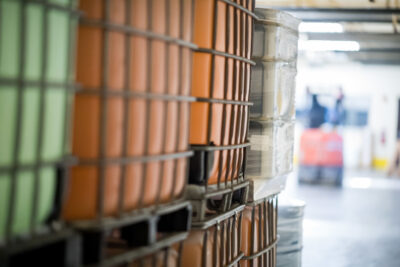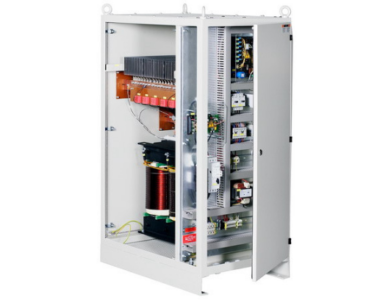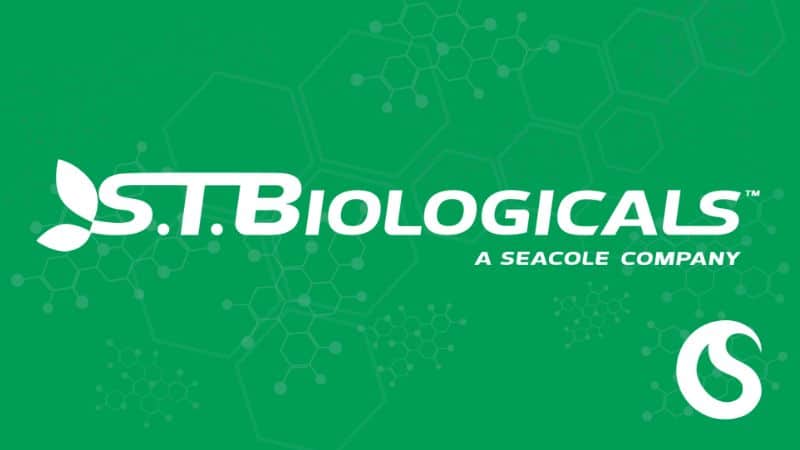Sometimes, cleaning and brightening copper alloys seems more like an art than a science. The slightest adjustment in your process or chemistries can create vastly different results. Switching out your mineral acid wash for an organic one can help you cut down on rinse cycles, improve the safety of your workers, and keep your waste treatment process in-house. Here’s how.
Challenges with cleaning copper alloys with mineral acids.
Mineral acids require multiple rinse steps. When you add steps to any process, the chance you’ll make an error increases. So does the risk of contamination. More rinse steps also make it more difficult to maintain a clean rinse liquid.
Mineral acids are hazardous. They’re unstable, give off harmful fumes, and can add dust to the air that is harmful to your workers. Chelators and phosphates pollute wastewater and require you to treat it off-site, increasing costs.
Mineral acids can go too far. Mineral acids are very potent. There is little room for error when cleaning and brightening copper alloys with mineral acids. Often, this results in over-etching and the need to reprocess your parts.
A safer, simpler solution is to use a methane sulfonic acid based product.
Organic acids are safer alternatives to mineral acids. They are excellent deoxidation agents, so replacing your mineral acid with an organic one won’t sacrifice quality. But organic acids are safer to handle and give off fewer fumes than mineral acids do. Organic acids are also more forgiving during application, which means you reduce the chances you’ll need to reprocess parts.
Our favorite methane sulfonic acid (MSA) based product is formulated by Hubbard-Hall. It’s capable of handling your toughest copper cleaning challenge. But also it’s odorless, easy to handle, and biodegradable, so it’s easy on your employees and the environment.
Hubbard-Hall’s MSA based product cleans and brightens copper in a single step, reducing the number of rinse cycles in your process. And since it requires no chelators or phosphates, you can treat your wastewater in-house, saving time and money. A company case study found that manufacturers could save up to $90,000 a year in waste disposal alone by switching to methane sulfonic acid.
Your copper cleaning and brightening process does not need to be complicated. Contact the experts at Seacole to discover how changing your chemistries could help you improve results, reduce costs, and create a safer work environment.





